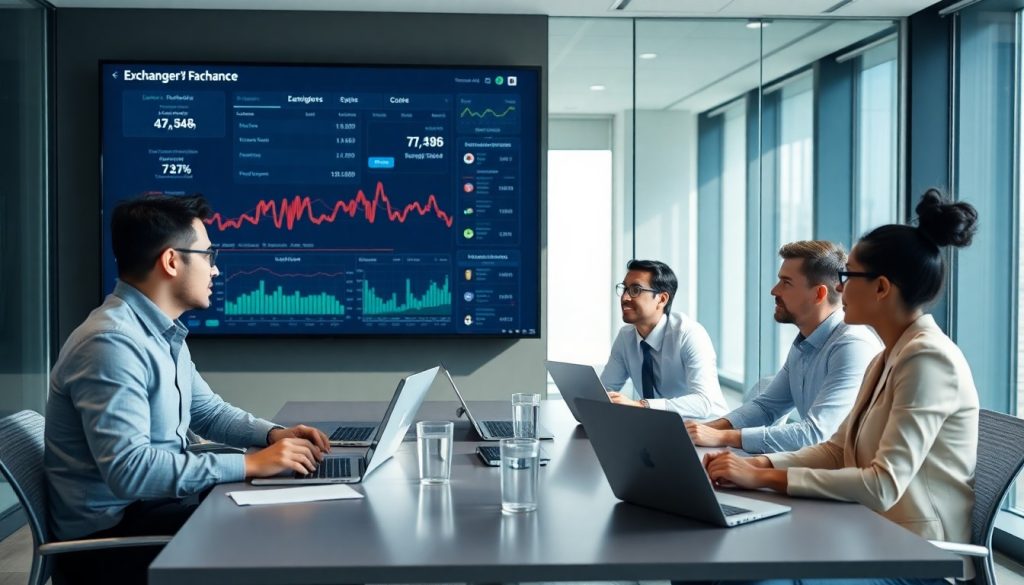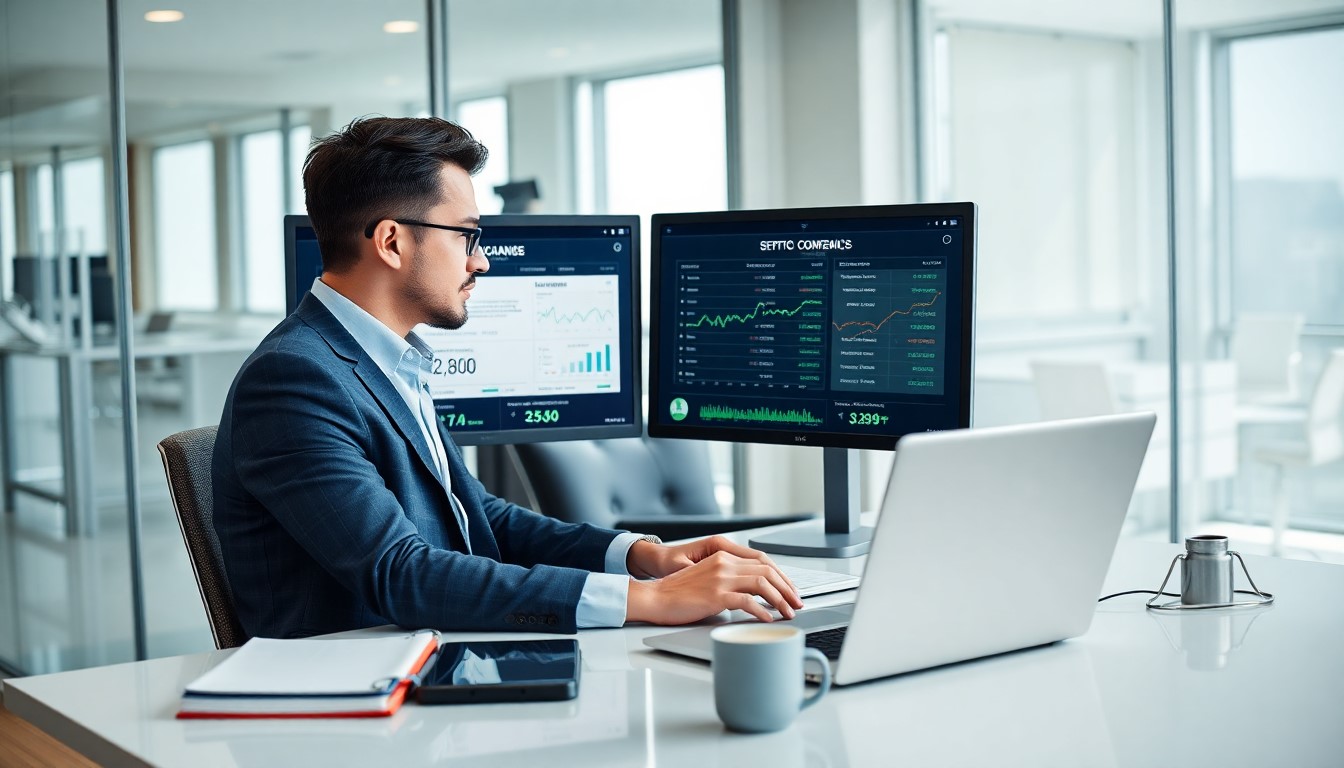Cryptocurrency exchange scams caused $7.8 billion in user losses during 2024, according to Chainalysis research. The surge in fraudulent platforms coincides with the crypto market’s expansion, as total trading volume reached $26.3 trillion in 2024. With over 300 exchanges operating globally, distinguishing legitimate platforms from scams remains crucial. A recent Nasdaq report indicates that only 23% of active exchanges meet basic security standards, highlighting the importance of thorough verification before choosing a reliable crypto exchange.
Foundation verification steps
Before entrusting your funds to any cryptocurrency exchange, it’s essential to conduct a thorough verification of its fundamental aspects. Think of this process as conducting due diligence when choosing a traditional bank—methodical, systematic, and comprehensive.
Domain and website analysis
Start your verification process where most users begin their journey—the exchange’s website. Professional crypto exchanges invest significantly in their web presence, understanding it serves as their primary interface with users.
A legitimate exchange’s website should demonstrate several key characteristics:
- A secure connection indicated by HTTPS protocol and valid SSL certificate
- Clear company registration details in the footer
- Comprehensive terms of service and privacy policy documents
- Transparent fee structure and trading conditions
- Professional design and functionality without obvious errors
For example, when Kraken launched in 2011, they prioritized these elements, contributing to their current status as one of the most trusted exchanges globally.
Company legitimacy check
Regulatory compliance has become increasingly important in the cryptocurrency space. Leading exchanges now actively pursue licenses and registrations in major jurisdictions to demonstrate their commitment to legal operation.
Consider this real-world example: Binance faced regulatory challenges in 2023, prompting them to restructure their operations and obtain proper licensing in multiple jurisdictions. This transformation showcases how legitimate exchanges adapt to regulatory requirements rather than avoiding them.
Team and reputation analysis
Understanding who operates the exchange provides crucial insights into its reliability. The cryptocurrency industry has matured beyond anonymous teams, with reputable exchanges now led by identifiable professionals with verifiable track records.
Team background verification
When examining an exchange’s team, focus on their professional experience and industry involvement. Coinbase’s success, for instance, is partly attributed to CEO Brian Armstrong’s transparent leadership and extensive fintech background.
A thorough team verification process should include:
- Research of team members’ professional backgrounds
- Verification of claimed credentials and experience
- Analysis of team members’ public presence and industry contributions
- Assessment of past projects and their outcomes
- Examination of team’s involvement in industry developments
Remember that legitimate exchange leaders regularly participate in industry conferences, provide expert commentary, and maintain active professional profiles.
Community and market reputation
An exchange’s reputation within the cryptocurrency community often reflects its reliability. However, it’s crucial to distinguish between genuine user feedback and manufactured reviews.
For instance, FTX maintained an apparently stellar reputation until November 2022, demonstrating why reputation analysis must extend beyond surface-level reviews. Community feedback should be evaluated across multiple channels, including:
- Professional crypto forums and discussion boards
- Independent review platforms
- Social media communities
- Industry analysis reports
- Trading volume consistency reports
Understanding an exchange’s standing in the market requires analyzing its trading volumes, user base growth, and handling of critical situations like market volatility or technical issues. Consider how Kraken and Bitstamp maintained operational stability during the 2020 market crash while several smaller exchanges experienced significant downtime.

Security and technical assessment
The technical infrastructure and security measures of a cryptocurrency exchange directly impact its reliability and user fund safety. While blockchain technology itself is secure, exchanges must implement additional safeguards to protect user assets and data.
Security measures evaluation
In January 2024, hackers attempted to breach several major exchanges, yet those with robust security measures successfully thwarted these attacks. This incident highlighted the critical importance of comprehensive security protocols.
When evaluating an exchange’s security framework, consider these essential components:
- Asset protection protocols
- Cold storage implementation for majority of funds
- Regular security audits by reputable firms
- Insurance coverage for digital assets
- Multi-signature withdrawal processes
- User account security
- Mandatory two-factor authentication
- IP address and device tracking
- Email confirmations for significant actions
- Anti-phishing protection systems
Notably, exchanges like Kraken maintain up to 95% of user assets in cold storage, demonstrating industry best practices for fund protection.
Platform infrastructure
Technical reliability forms the backbone of any cryptocurrency exchange. Binance’s ability to handle over 100,000 transactions per second showcases the importance of robust infrastructure.
Consider these key technical aspects:
- Platform uptime statistics
- Transaction processing speed
- System scalability measures
- API reliability and documentation
- Regular maintenance schedules
Warning signs and red flags
Understanding warning signs helps investors avoid potentially fraudulent exchanges before committing their funds. The cryptocurrency industry’s history provides numerous examples of red flags that preceded exchange failures.
Common scam indicators
The collapse of several exchanges in 2023 revealed common patterns that investors could have identified before these platforms failed. One notable example involved an exchange promising “guaranteed returns” through their native token—a classic warning sign that preceded their eventual disappearance with user funds.
Watch for these critical warning signals:
- Unusually high promised returns
- Aggressive marketing tactics
- Lack of clear business registration
- Poor or non-existent customer support
- Opaque team information
- Resistance to withdrawal requests
Risk mitigation strategies
Implementing effective risk management strategies helps protect your investments when engaging with cryptocurrency exchanges. The Mt. Gox incident of 2014 taught valuable lessons about the importance of proactive risk management in crypto trading.
Successful risk mitigation involves systematic testing and verification:
- Initial verification steps
- Small test deposits and withdrawals
- Support response evaluation
- Trading interface familiarity
- Fee structure verification
- Ongoing monitoring
- Regular security settings review
- Transaction history audits
- News and announcement tracking
- Community feedback monitoring
The 2022 crypto market downturn demonstrated how exchanges with solid risk management practices protected user assets while others failed.
Conclusion
The process of verifying a cryptocurrency exchange’s reliability requires thorough analysis across multiple dimensions. Industry examples consistently show that exchanges meeting these verification criteria typically provide safer trading environments.
Key takeaways for ensuring exchange reliability:
- Complete all verification steps systematically
- Document your findings for future reference
- Regularly review exchange performance
- Stay informed about industry developments
- Maintain security best practices
Cryptocurrency market continues to evolve, making ongoing verification essential for maintaining security and reliability in your trading activities.
FAQs
A reliable exchange must implement at least two-factor authentication, cold storage for user funds, regular security audits, and comprehensive insurance coverage. Industry leaders typically exceed these minimum requirements with additional security layers.
Compare trading volumes across multiple data aggregators like CoinGecko and CoinMarketCap. Look for consistent patterns and investigate any significant discrepancies. Legitimate exchanges maintain relatively stable volume patterns even during market volatility.
Seek exchanges registered with recognized financial authorities in major jurisdictions. For example, US-based exchanges should have FinCEN registration and appropriate state licenses. European exchanges should comply with MiCA regulations.
Team background is crucial as it often indicates operational capability and commitment to compliance. Look for team members with verifiable experience in finance, technology, or regulatory compliance. Anonymous teams represent a significant red flag.
Avoid exchanges promising guaranteed returns, lacking clear regulatory compliance, operating with anonymous teams, or showing signs of market manipulation. Additionally, be wary of platforms with limited withdrawal options or excessive fees.

